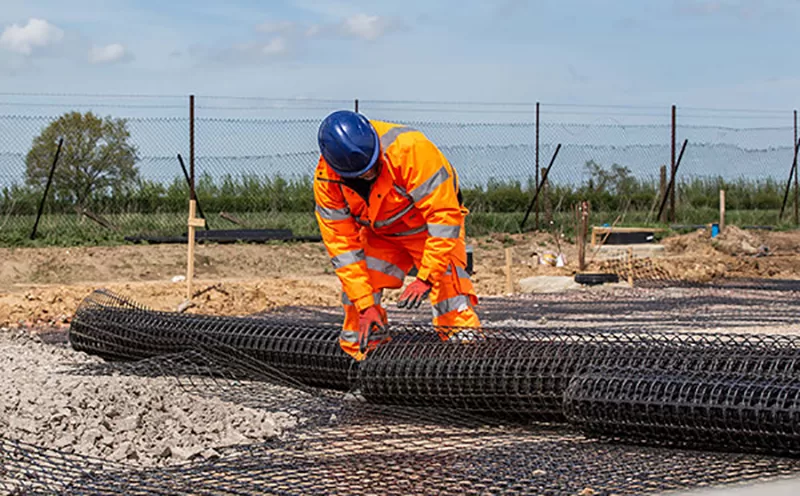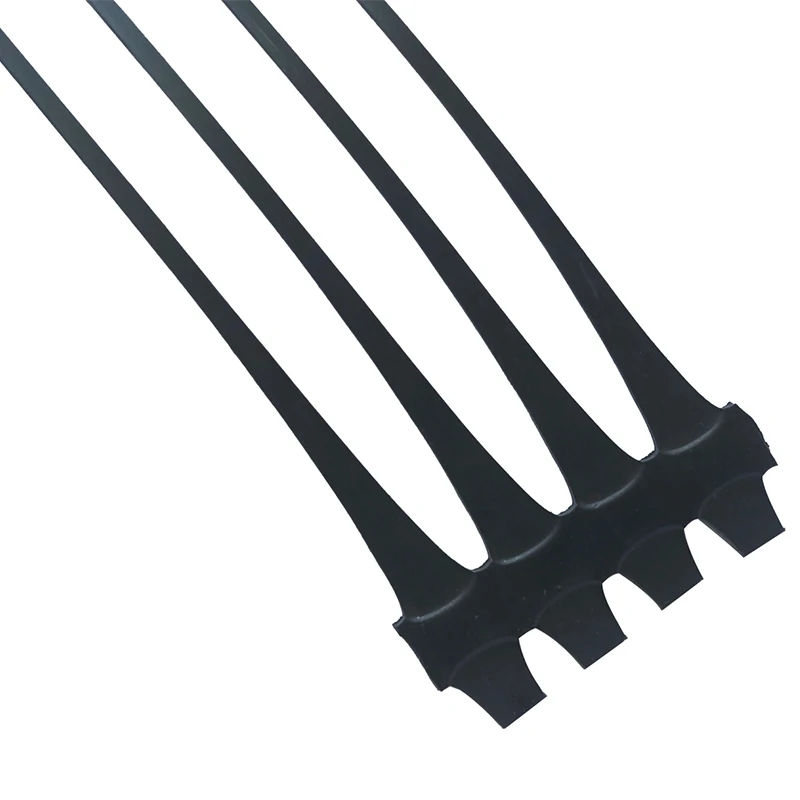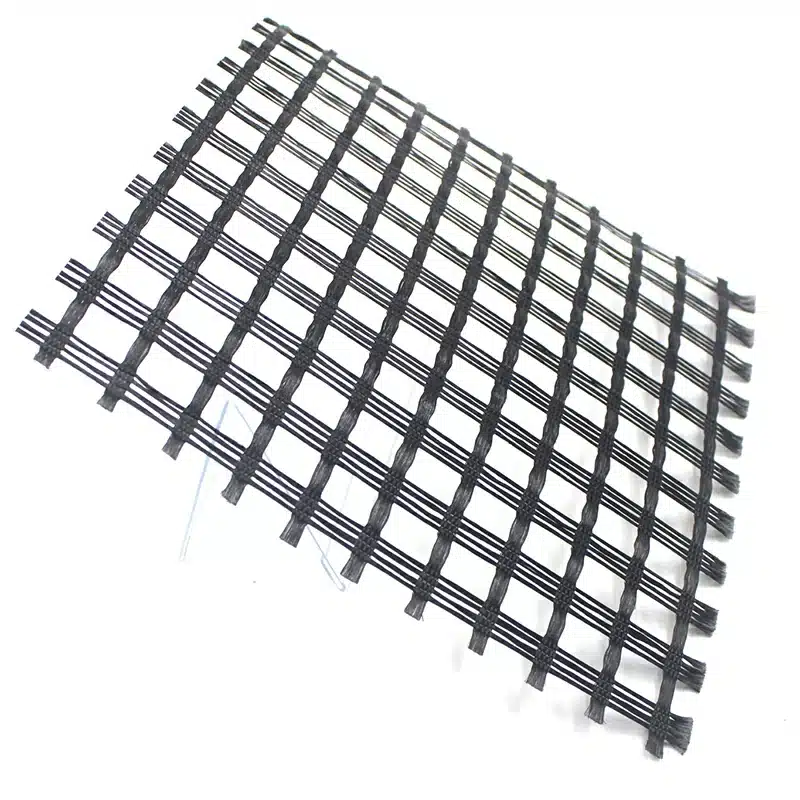+86-159 9860 6917
info@geofantex.com
geofantex@gmail.com
+86-400-8266163-44899
Geogrids are pivotal in modern engineering, offering substantial economic and structural benefits to civil and environmental projects. From road construction to erosion control, these synthetic mesh-like structures play a critical role in stabilizing terrains. This article explores the fundamental functions of geogrids, their various types, their numerous benefits, and provides guidance on selecting the appropriate geogrid for specific applications.
What is the major function of geogrid?
The primary function of a geogrid is soil reinforcement. Geogrids are designed to strengthen and stabilize soil by distributing loads more evenly across a larger area. This reinforcement helps prevent soil displacement and increases the structural integrity of various constructions such as roads, railways, embankments, and retaining walls. Additionally, when combined with properly sized aggregates, geogrids can assist in stabilization and filtration, ultimately enhancing the longevity and durability of engineered structures.

What are the different types of geogrids?
Geogrids are categorized mainly into three types based on their structural orientation and tensile strength: uniaxial, biaxial, and triaxial. Uniaxial geogrids are designed to elongate in one direction, making them ideal for retaining walls and steep slopes. Biaxial geogrids, capable of stretching in both horizontal and vertical directions, are well-suited for soil stabilization under roadways and parking areas. Triaxial geogrids, with their robust multi-directional structure, offer enhanced stability and are typically used in demanding railway and highway applications where high performance is critical.
What are the benefits of geogrids?
- Cost Efficiency: They reduce the need for natural aggregate materials, which lowers construction costs.
- Environmental Impact: Geogrids limit the disturbance to the natural landscape, promoting sustainability.
- Durability: They increase the lifespan of the construction by improving soil stability and their ability to withstand both lengthwise and lateral confinement pressures enhances their structural integrity.
- Versatility: Suitable for various applications, from roads to walls, geogrids adapt to different pressure demands seamlessly.
- Ease of Installation: Geogrids are lightweight and easy to install, reducing labor time and costs.
How do I choose a geogrid?
Geogrids offer numerous benefits, and selecting the right one involves considering the specifics of your project along with key attributes of the geogrid itself:
- Soil Type: Different soils react differently with various geogrid types.
- Load Requirements: The expected load on the structure determines the strength of the geogrid needed. Consider the tensile loads at 2% and 5% strain to ensure the geogrid can handle the stress.
- Project Scope: The size and nature of the project will dictate the type of geogrid. Factors like the height and thickness of the rib, aperture area, and junction efficiency are essential.
- Environmental Conditions: Moisture content and temperature extremes should influence your choice. Additionally, the geogrid’s open area percentage and carbon black content can be crucial depending on the environmental exposure.
- Regulatory Standards: Compliance with local engineering standards is crucial. Ensure the geogrid has a CE Mark with full certification if required in your region, and consider the quality of the raw materials used in manufacturing.
Geogrids are essential tools in modern construction, offering a blend of economic and functional benefits. Understanding their functions, types, and benefits allows engineers and project managers to optimize their applications and enhance project outcomes. Whether stabilizing a rural embankment or paving a new highway, the right geogrid can lead to substantial improvements in durability, cost-efficiency, and environmental sustainability.



Get Free Sample
We’ll respond as soon as possible(within 12 hours)






















